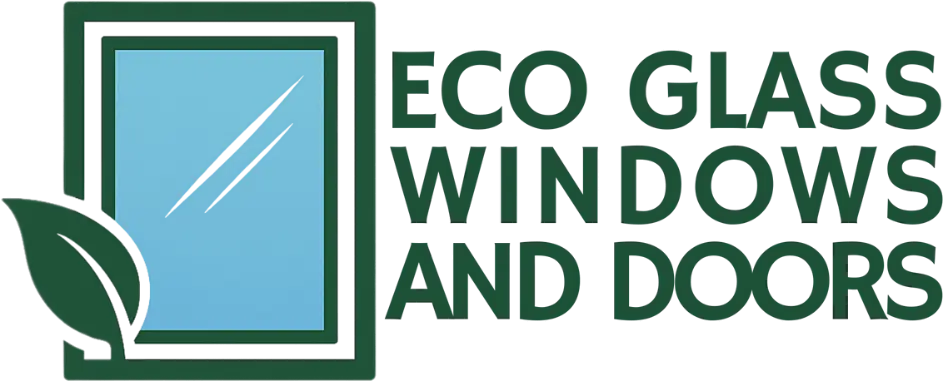LoE Glass 101: Stay Warm in Winter, Cool in Summer
LoE coatings reflect heat where you want it, cut solar heat gain where you don’t, and keep views clear. Below is a simple guide to what LoE does, the main types we offer, and where they make the biggest comfort upgrade—especially on south-facing windows with argon fill.
Want the building-science basics behind insulation? See our primer on glass insulation. If your panes are cracked, foggy, or outdated, Window Glass Replacement with modern LoE is the fastest path to comfort.
What LoE coatings do
- Reflect indoor warmth in winter: Better U-factor means less heat escaping through the glass.
- Cut summer heat: Lower solar heat gain means fewer hot spots, especially on sunny exposures.
- Stay bright: High visible light transmittance keeps rooms clear without heavy tint.
- Boosted by gas fills: Argon fill between panes reduces conductive heat transfer for steadier temps.
Our LoE options (Eco Glass Inc.)
LoE 180 — maximize winter warmth
Very clear, high visible light, and welcomes winter sun while improving insulation. Great for colder climates and sun-seeking south rooms.
LoE 272 — balanced, all-season choice
Excellent clarity with moderate solar control and a low U-factor for year-round comfort across mixed orientations. Our dependable “default” spec.
LoE 366 — strong sun control
Triple-silver stack that calms hot west/south exposures and afternoon glare while keeping a neutral, modern view—ideal for large glass areas and patio doors.
LoE i89 — interior (room-side) boost
Inside-surface layer that reflects room heat back indoors for exceptional winter performance—often combined with LoE 366 for the best of both worlds.
LoE 180 Clearest
LoE 272 Balanced
LoE 366 Sun control
LoE i89 Room-side boost
Choosing by room & exposure
Mixed orientations
Prefer a clear, all-rounder? LoE 272 balances daylight, summer control, and winter insulation.
Glare-prone west
Overheating or afternoon glare? LoE 366 calms hot spots while keeping views neutral.
Tips, myths & next steps
- “LoE makes rooms dark.” Modern coatings stay bright and neutral while targeting unwanted heat.
- Tint vs LoE: Tints cut visible light; LoE targets heat transfer and solar heat gain with clearer views.
- Room-by-room mix: We’ll match coating strength to each orientation so bedrooms, living areas, and offices feel right all day.
See where we work in the GTA on our service area map, learn more about us, and book a no-pressure visit whenever you’re ready.

